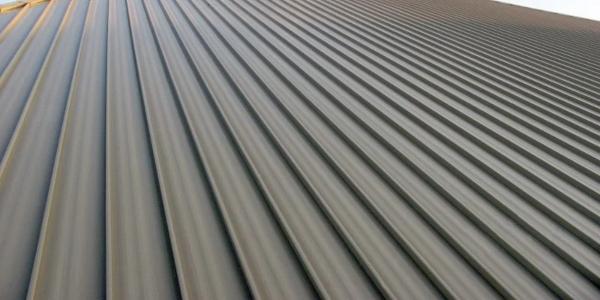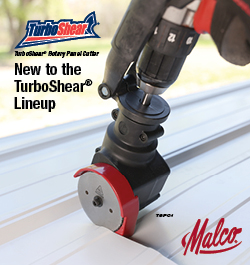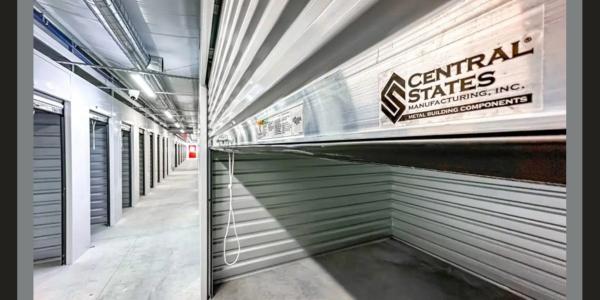UP TO THE MINUTE
The Most Cost-Effective Way to Put Standing Seam on a Project

By McElroy Metal.
Here is how to help building owners on make economical choices with metal installation.
Metal roofing is well known for its durability, high-performance and longevity. While plenty of building owners are interested in metal for their roofing material, they also don’t want to throw more money at the project than necessary.
That’s probably why one of the most frequent questions we are asked involves finding the most cost effective way to put standing seam on a project. Unfortunately, every project has different variables so it’s pretty dangerous (if not impossible!) to provide one absolute answer. With that said there are a few things to consider.
Wider metal panel widths
Standing seam panels typically come in ranges from 12” to 24” wide. Wider panels are typically more cost effective for a couple of reasons. First, they generally cost less to purchase from the manufacturer. The lower cost comes in part from personnel at the manufacturing facility physically producing less panels to cover the same square footage. There are also some freight advantages with wider width panels as there is less crating and packaging involved to cover the same roof plane.
But the bigger benefit comes in the form of labor and accessory savings. As you might imagine, a contractor can install 1-24” wide panel much more quickly than he can install 2-12” wide panels to cover the same space on the roof. In this example, in addition to handling more panels, the installer would also have the additional cost to purchase and install twice as many clips to attach the narrower panel to the substrate than he would the wider panel option. Labor and materials aren’t necessarily cut in half for the wider panel but the savings are significant.
Oil canning concerns
While wider panel widths are a great way to conserve costs on standing seam projects, there are some trade-offs. Wider panel widths can be more prone to a phenomena called oil canning. Oil canning isn’t a structural issue but it can be an aesthetic one for some owners and for high profile buildings it can be especially troublesome.
Consequently, if a building has a slope of 3:12 or greater, narrower panels in the 16-18” widths are more commonly used to mitigate oil canning concerns whereas 24” wide panels tend to be used on slopes below 3:12. The theory of course being that lower slopes tend to have a less visible roofing plane so aesthetics tend to play a smaller role.
Regardless, when 24” wide panels are used, be sure to specify striations or a similar pan condition as these minor profiles in the pan of the panel can do a great job to mask the oil canning that can be present in wider width panels.
Also, it’s important to note that lighter colors are generally less impacted by oil canning than darker colors. So if you’re going with wider panel widths to gain cost effectiveness, you may be well served to stay in the lighter end of the color offerings.
Metal panel styles
To this point, we’ve assumed that all things were equal except panel width. The reality is there’s another piece to the puzzle. The widest width panels are typically mechanically seamed systems and intended to be structural in nature (meaning they can span purlins). These systems are truly outstanding. But if you’re dealing with a 5:12 pitch and installing over a plywood deck, they may also be complete overkill. In that example, your cheaper alternative may be to go with a snap style panel in 18” width instead of a mechanically seamed panel in 24” width.
Summary
We know it’s a bit overwhelming and like we said at the outset, there are several factors to consider. If you’d like to chat more about this or pick our brain about your project specifics, visit McElroy Metal. We’d be happy to review your project and help you identify the most cost effective approach to using a standing seam metal roof on your next project.
Learn more about McElroy Metal in their directory or visit www.mcelroymetal.com.
Original article source: McElroy Metal



















Comments
Leave a Reply
Have an account? Login to leave a comment!
Sign In